What Are the Treatments for Uterine Fibroids?


Treating Uterine Fibroids
Uterine fibroids are common, noncancerous growths of muscle in the uterus. Not all fibroids cause symptoms or need treatment, but “a menu of options” is available for those that do, said fibroid specialist Deirdre Lum, MD. Treatment depends on the size, quantity, and location of fibroids, as well as your stage of life.

The Wait-and-See Approach
Many people with fibroids have minor or no symptoms. They can take a “watchful waiting” approach with their provider, said Lum. Fibroids typically stop growing or shrink after menopause, so premenopausal patients whose symptoms are manageable often hold off on treatment. There’s no evidence that fibroids turn cancerous or that fibroids without symptoms affect fertility. And because fibroids grow slowly, your symptoms shouldn’t suddenly worsen.

Hormonal Birth Control
Exactly why fibroids occur is uncertain, but estrogen seems to help them grow. That’s why fibroids hit hardest during the reproductive years. Researchers believe that progesterone – a hormone in birth control – prevents fibroid growth. Taking it can relieve menstrual pain and heavy bleeding caused by fibroids, which could otherwise lead to anemia.

Anti-Hormonal Medicines (GnRH agonists)
There are medicines that lower hormone levels, preventing heavy menstrual bleeding and potentially shrinking fibroids. Sometimes prescribed before fibroid surgery, these drugs can cause hot flashes and night sweats. “They make you feel like you’re in a temporary state of menopause,” Lum said. Long-term use isn’t recommended, but GnRH agonists could be a good option if you’re a year or two away from menopause. There are also GnRH antagonists that are used for fibroid treatment.

Other Medicines and OTC Drugs
Other non-hormonal options are available. These medicines won't make fibroids smaller, but they can help relieve symptoms like heavy menstrual bleeding and pain. Over-the-counter drugs, including ibuprofen and naproxen, reduce cramping and inflammation. Tranexamic acid (TXA), a prescription medication, treats heavy menstrual bleeding linked to fibroids.

Radiofrequency Ablation
Radiofrequency Ablation (RFA) targets fibroids inside the uterus with heat and energy waves. This stops fibroid growth, usually causing them to shrink and relieving symptoms. With transcervical RFA, you’ll be sedated while a probe is guided through the vagina, targeting up to five fibroids during the same procedure.
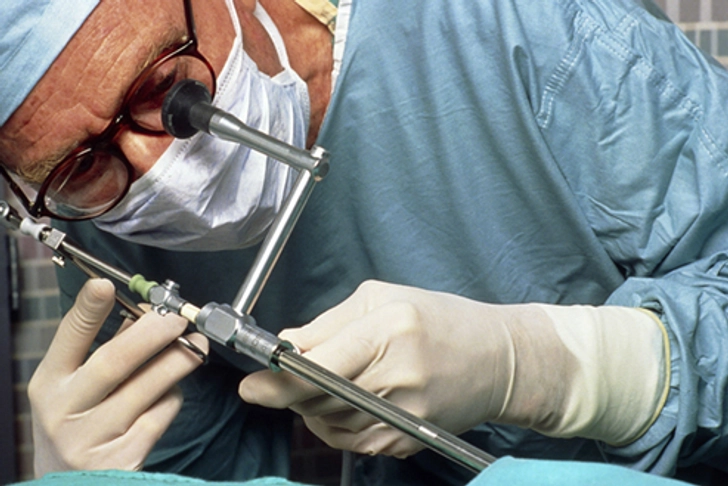
Laparoscopic Radiofrequency Ablation
A laparoscopy is an outpatient surgery that lets clinicians see inside your abdomen by making small cuts and inserting a tiny camera. While riskier than transcervical RFA, it may be a good option, depending on fibroid size and location. The camera and an ultrasound wand inserted near the uterus help locate fibroids. A separate thin device heats and destroys fibroid tissue, likely shrinking them over time.
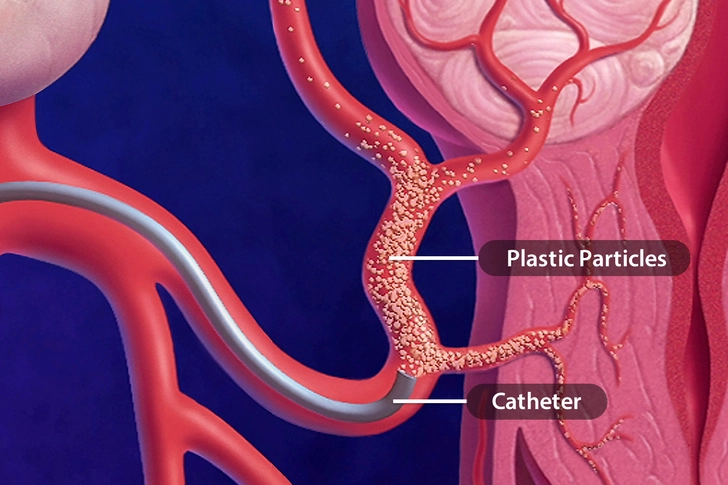
Uterine Artery Embolization
This is a less invasive procedure than radiofrequency ablation. A small tube or catheter is inserted through your groin or wrist into the blood vessels that feed fibroids. Next, tiny plastic or gelatin particles injected into the blood vessels block the flow of blood to the fibroid. The tube or catheter is then removed. Limiting fibroids’ blood supply causes them to shrink over time.
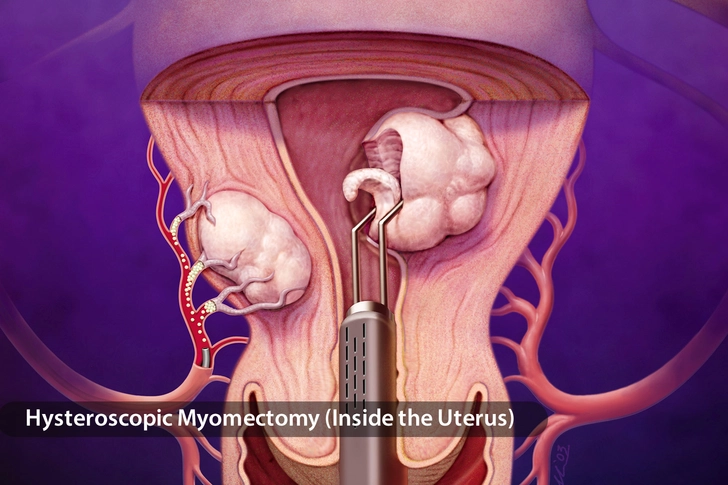
Myomectomy
There are a few different fibroid-removal surgeries, known as myomectomy. A hysteroscopic myomectomy removes fibroids by going through the vagina, with no cut. A laparoscopic myomectomy involves four small cuts in the belly. If you have many or very large fibroids, you may need an open myomectomy, an in-patient procedure that removes fibroids through one large cut.
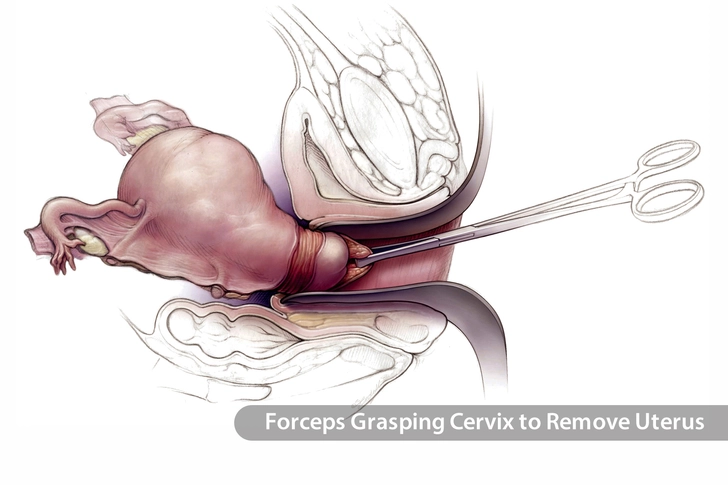
Hysterectomy
A hysterectomy is surgery to remove your uterus – and the only “100% cure for fibroids,” said Lum. Your fibroids will be removed and can't grow back. Most people can have a laparoscopic hysterectomy, involving several small cuts in your belly. But if you have a very large uterus, you could need a more invasive surgery with a larger cut.
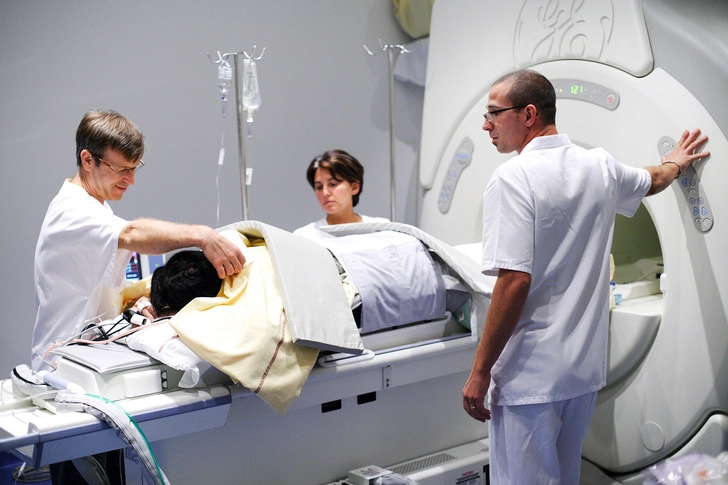
MR-Guided Focused Ultrasound
This procedure uses ultrasound energy to heat up fibroids, stopping them from growing. You lie flat inside an MRI machine while a clinician directs ultrasound heat through your abdomen. However, most patients’ fibroids don’t meet size and location criteria for focused ultrasound. And it's not widely available, not often covered by insurance, and can take hours, according to Michelle Louie, MD, a fibroid specialist at Mayo Clinic.
IMAGES PROVIDED BY:
- Yuri Arcurs/Dreamstime
- E+/Getty Images
- Moment/Getty Images
- E+/Getty Images
- Michelle Arnold/Dreamstime
- DNA Illustrations/Science Source
- John Greim/Science Source
- Jane Hurd/Medical Images
- Scott Bodell/Medical Images
- Scott Bodell/Medical Images
- CHRU TOURS-GARO/PHANIE/Science Source
SOURCES:
Michelle Y. Louie, MD, senior associate consultant and associate professor, Department of Medical and Surgical Gynecology, Mayo Clinic Arizona.
Deirdre A. Lum, clinical associate professor, obstetrics & gynecology, Stanford Health Care.
Stanford Health Care: "Fibroid Treatment: Watchful Waiting," "Fibroid Treatment: Medicines," "Fibroid Treatment: Radiofrequency Ablation," "Fibroid Treatment: Myomectomy," "Fibroid Treatment: Hysterectomy.”
American College of Obstetricians and Gynecologists: "Uterine Fibroids Frequently Asked Questions," "Uterine Artery Embolization (UAE).”
Penn Medicine: "Uterine Fibroid Embolization (UFE)."
Mayo Clinic: “Laparoscopic radiofrequency ablation.”
Weill Cornell Medicine: "MR-Guided Focused Ultrasound,” “Uterine Fibroid Radiofrequency Ablation.”